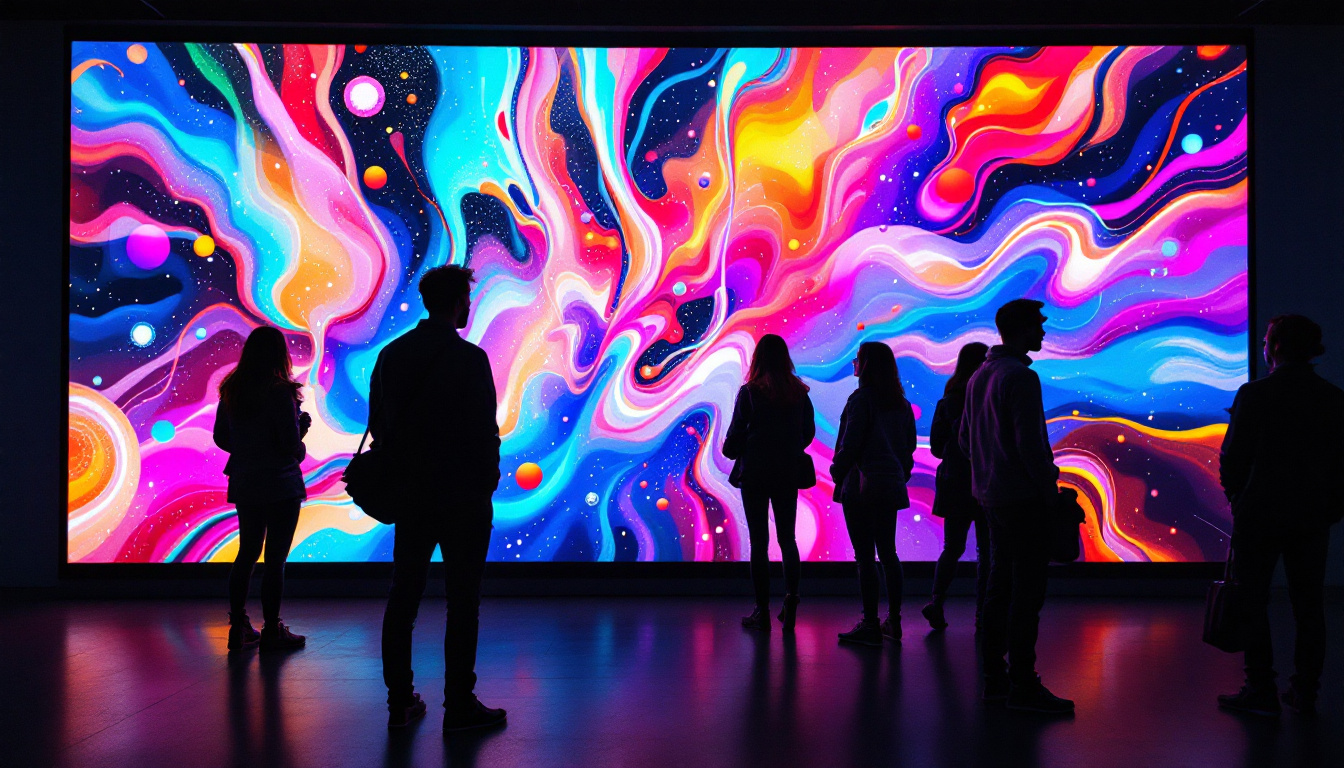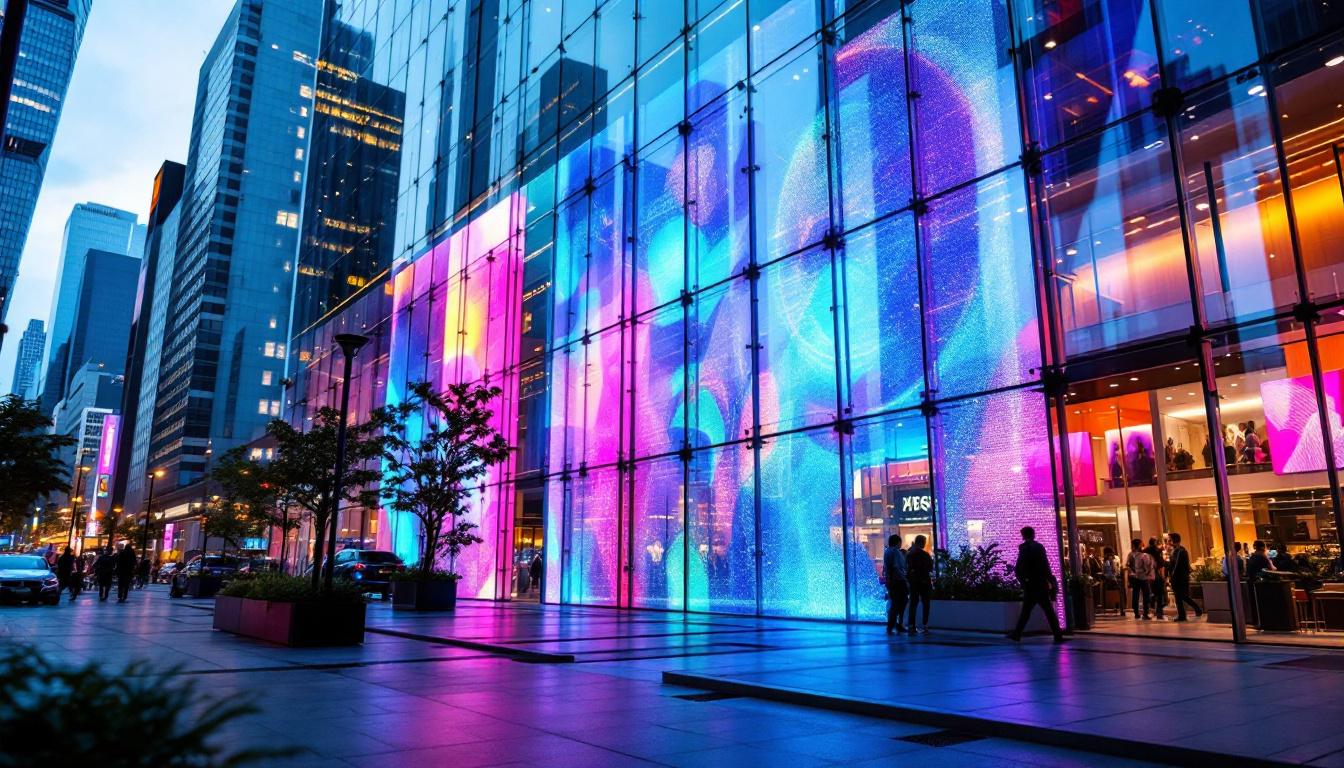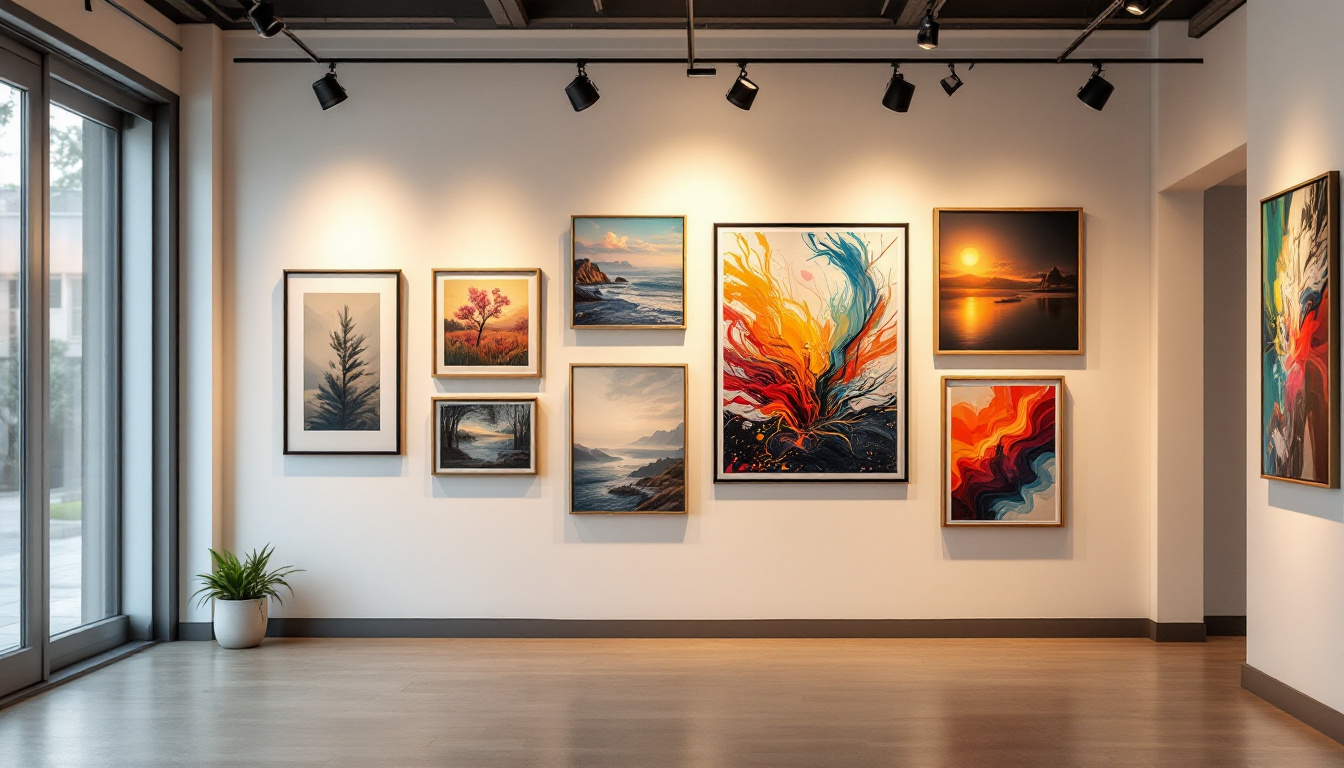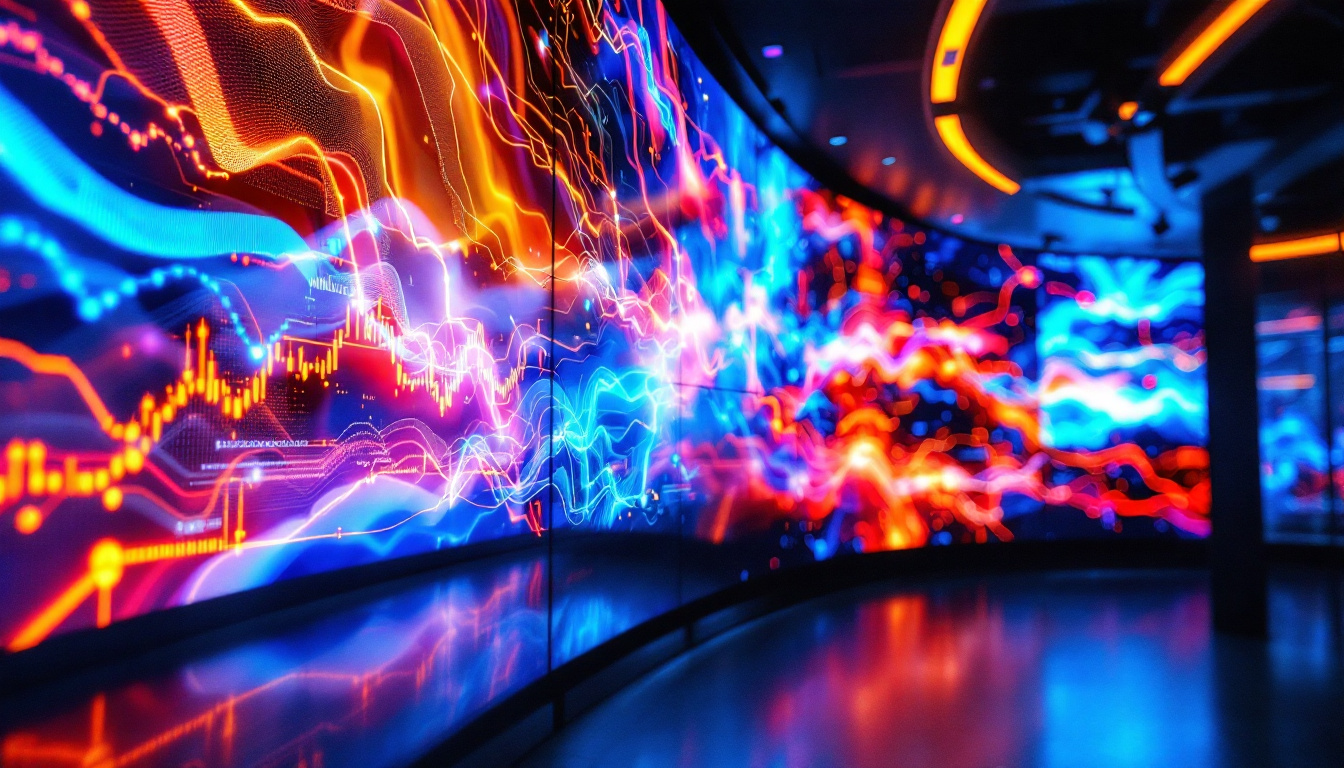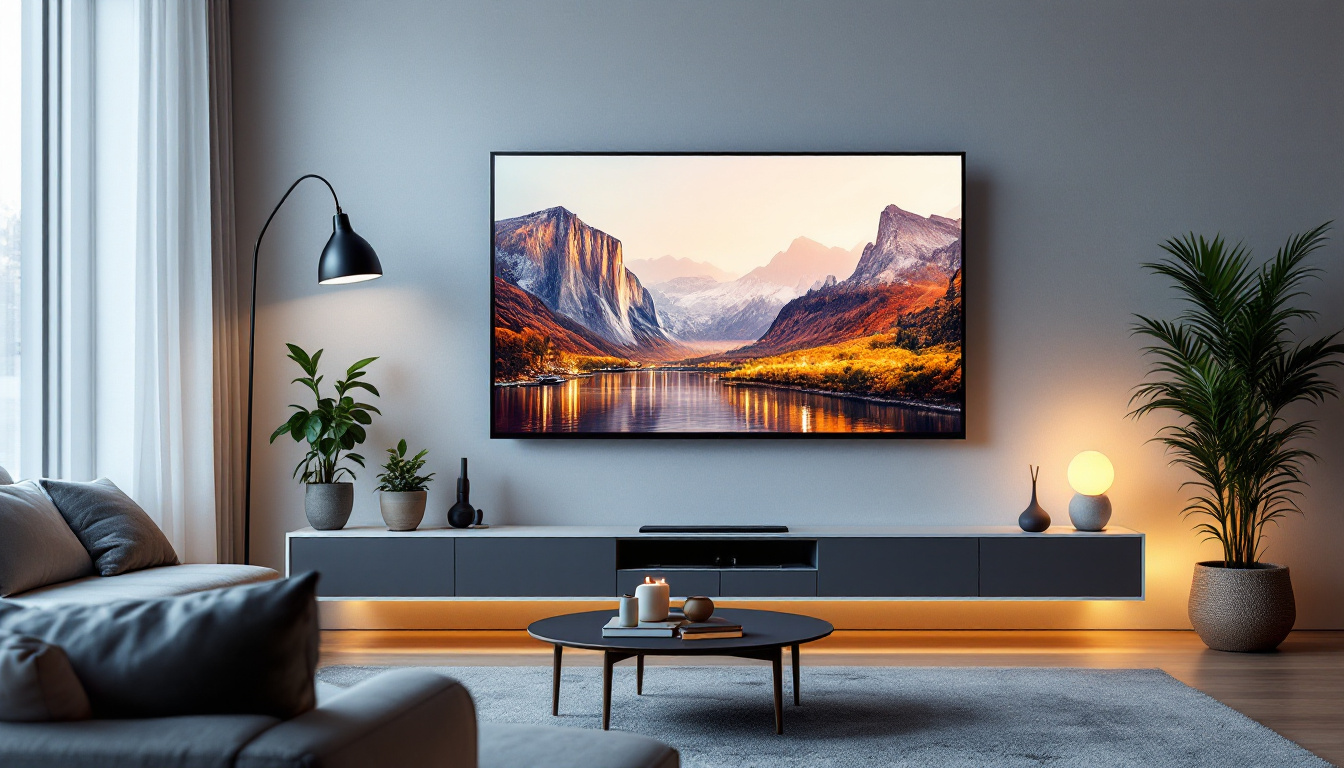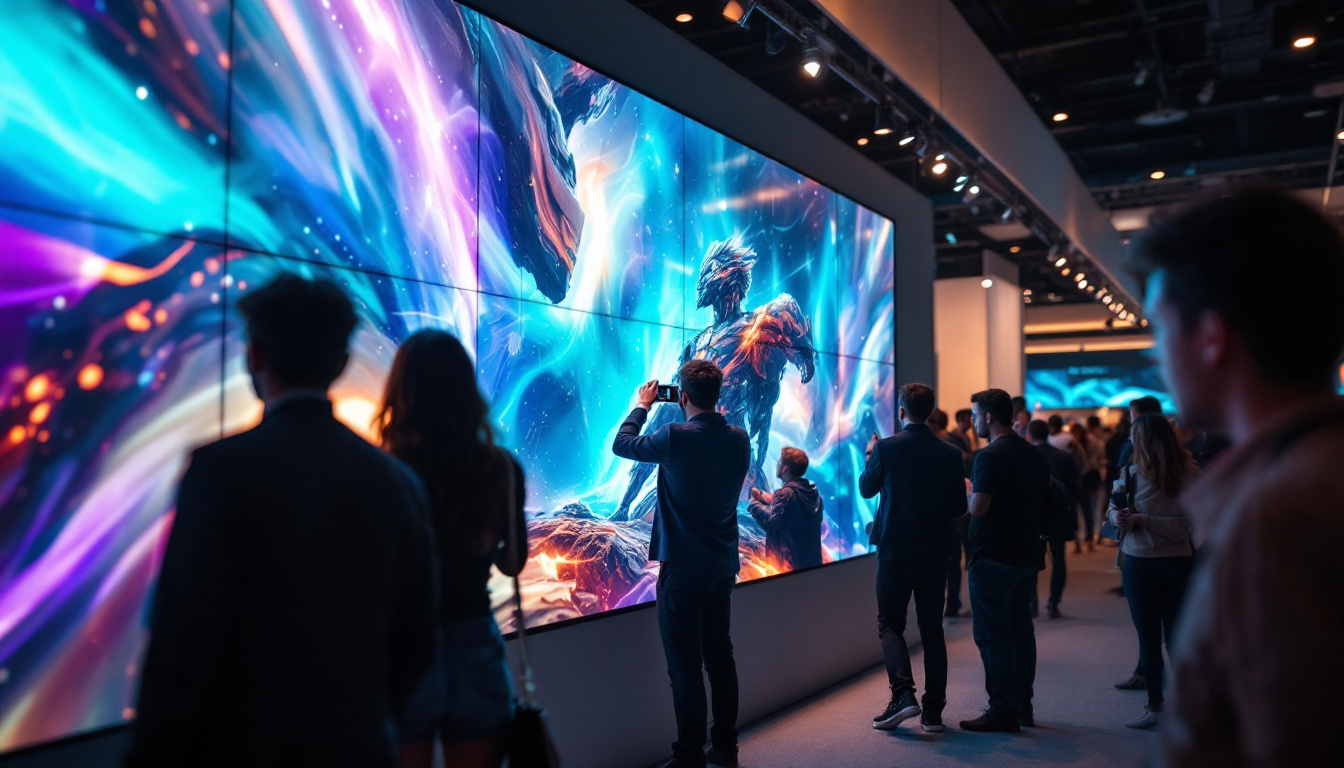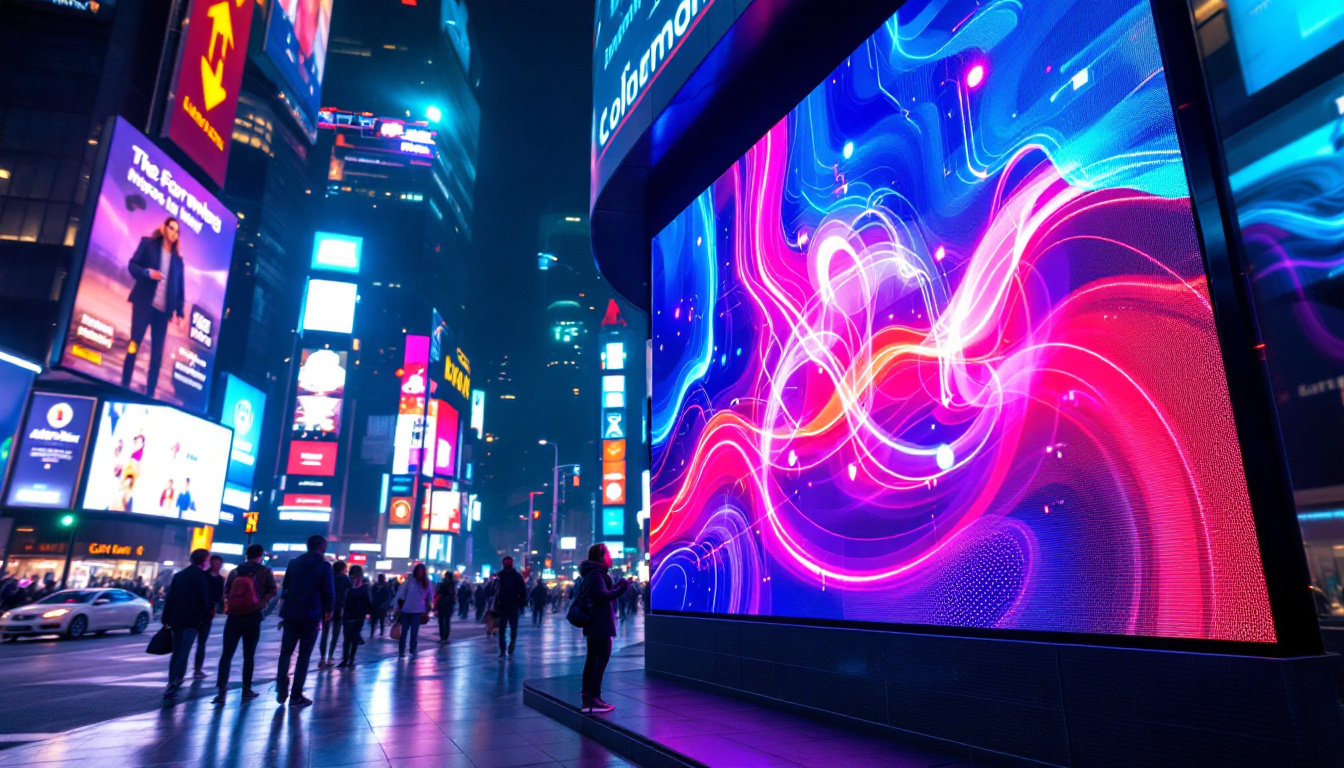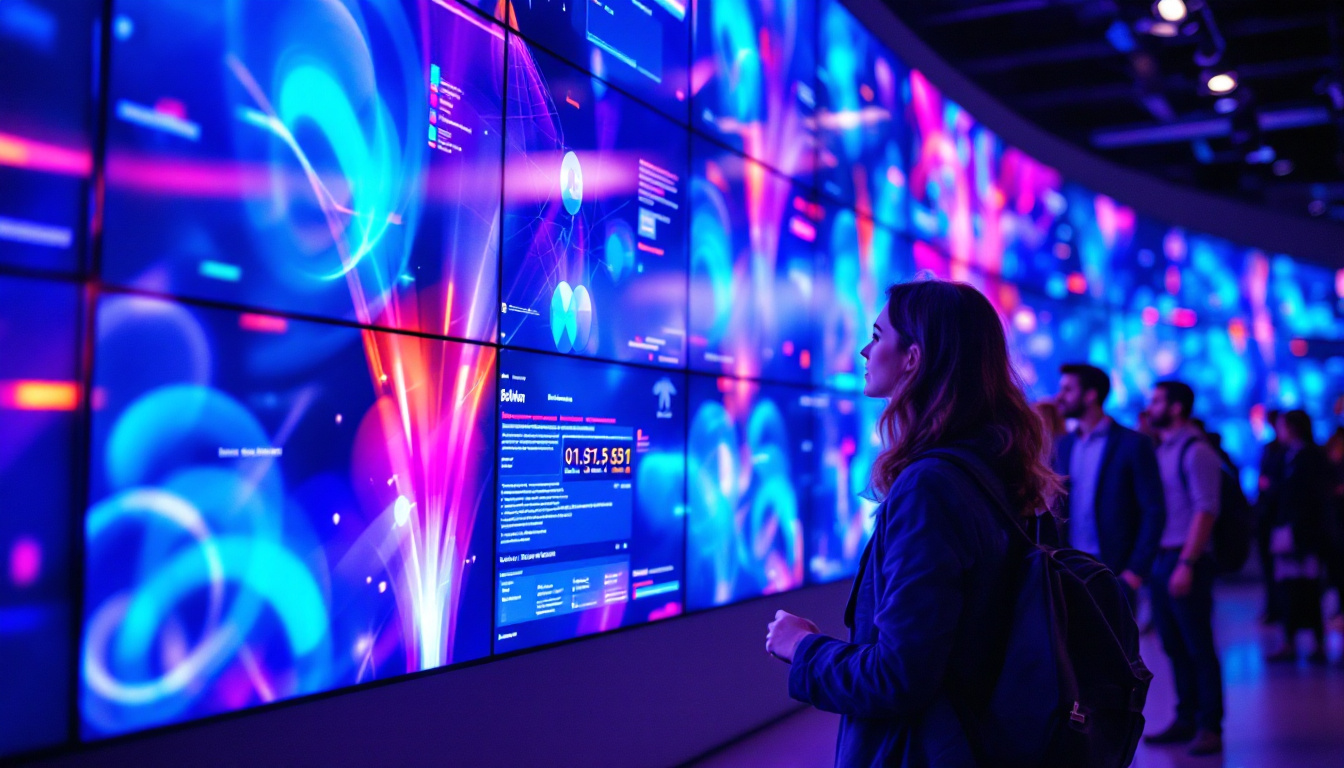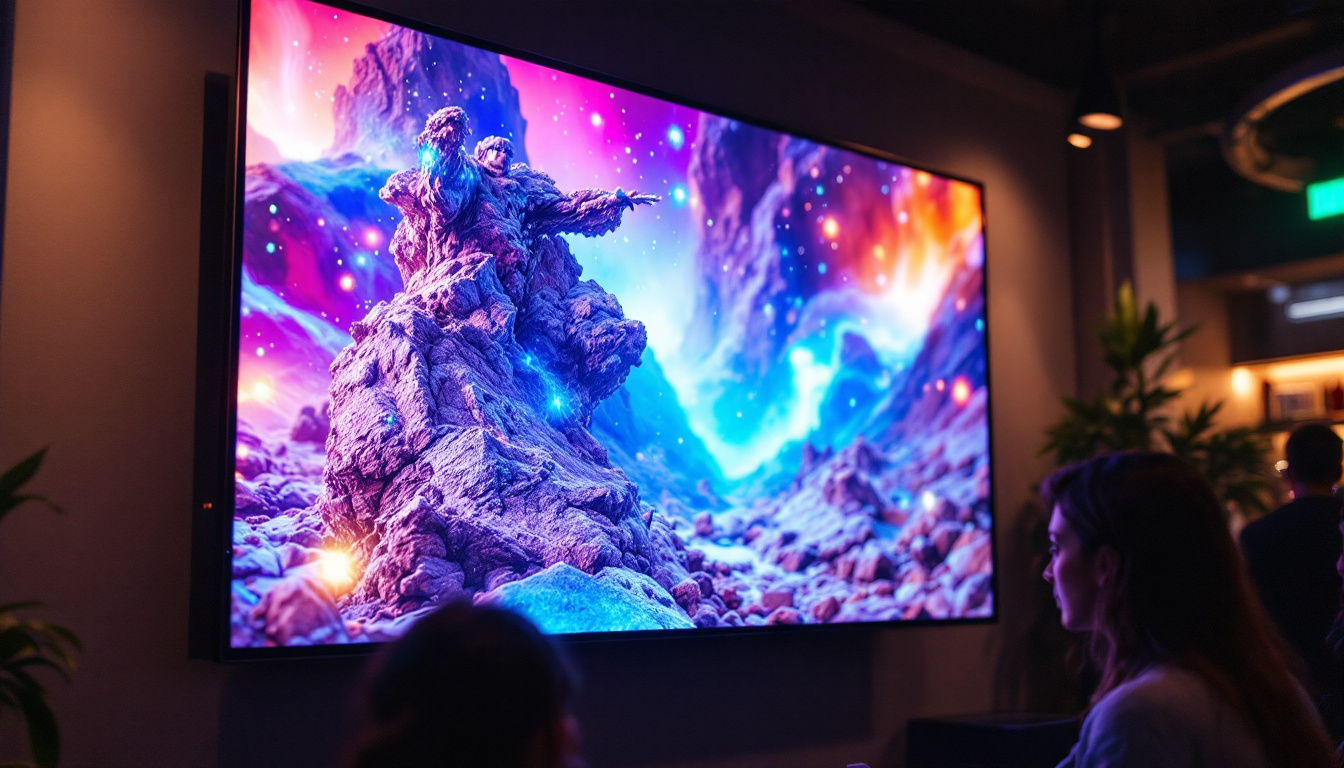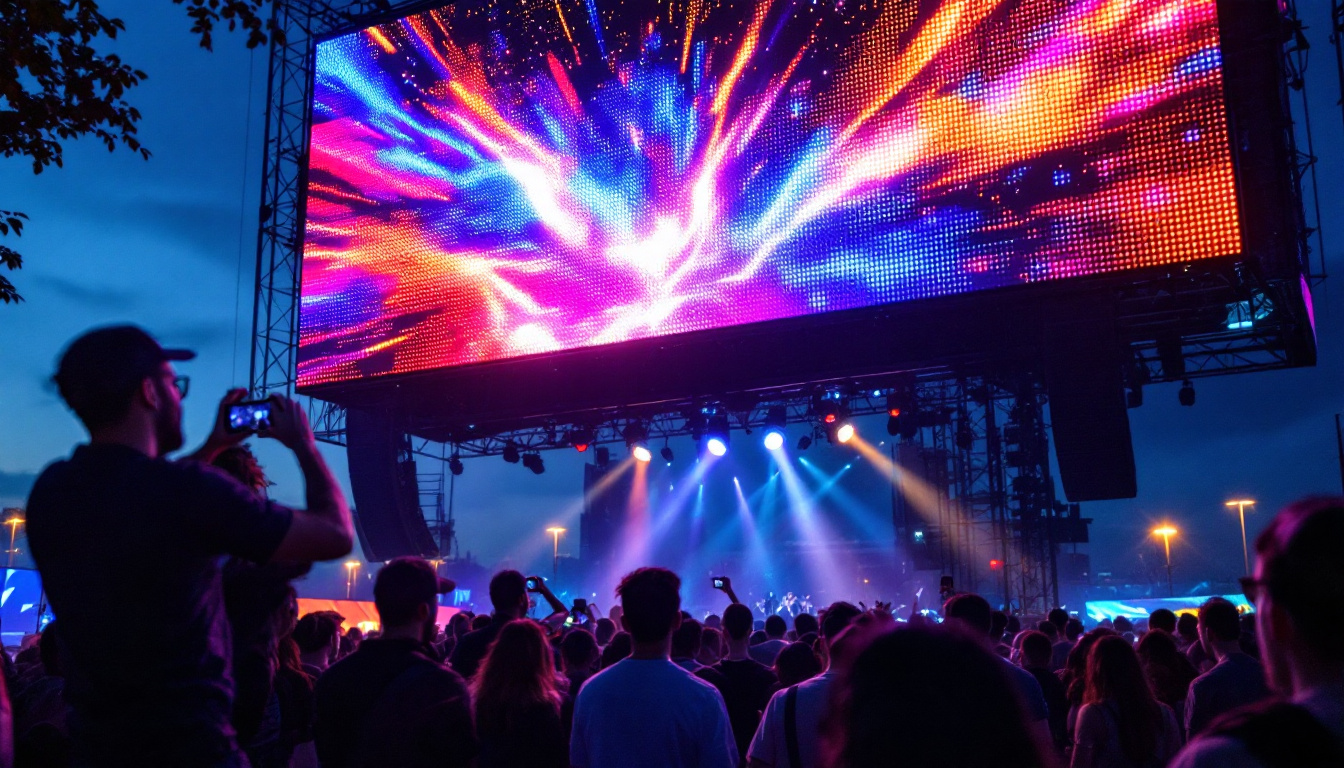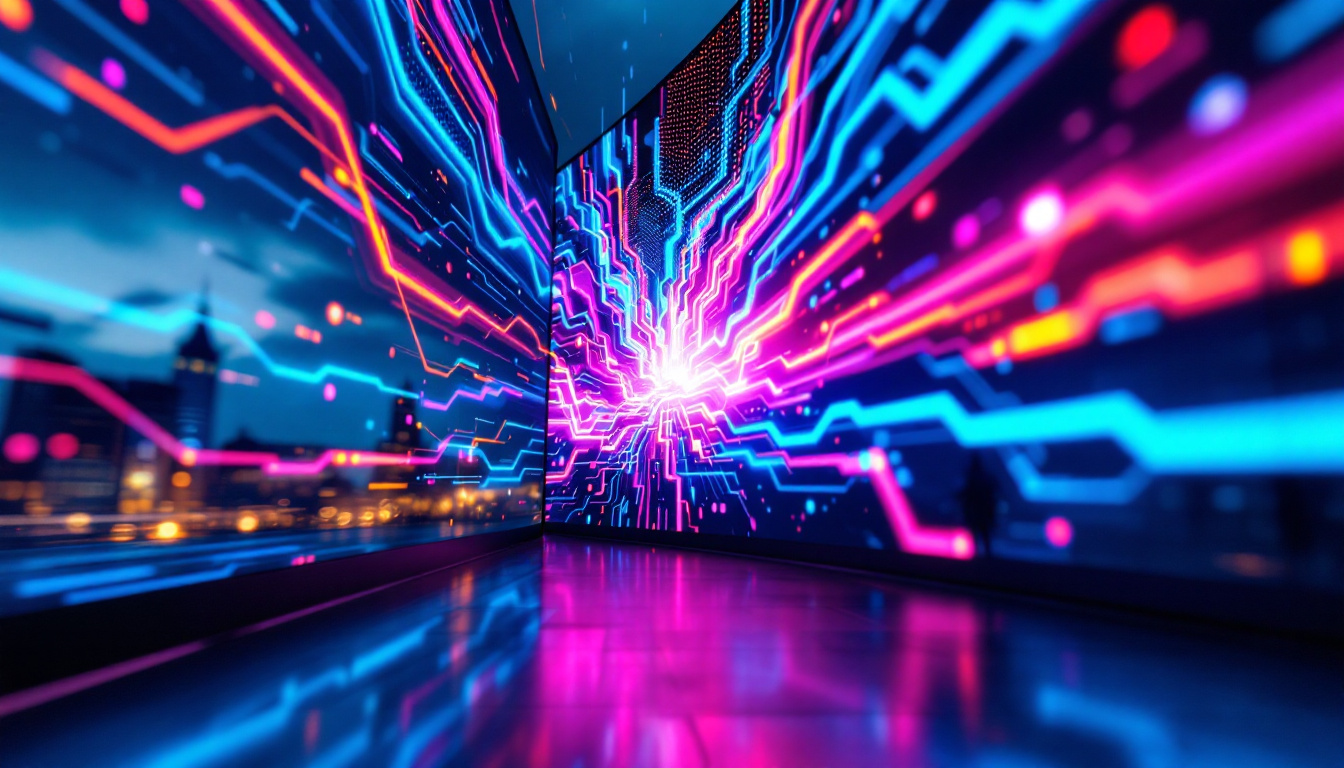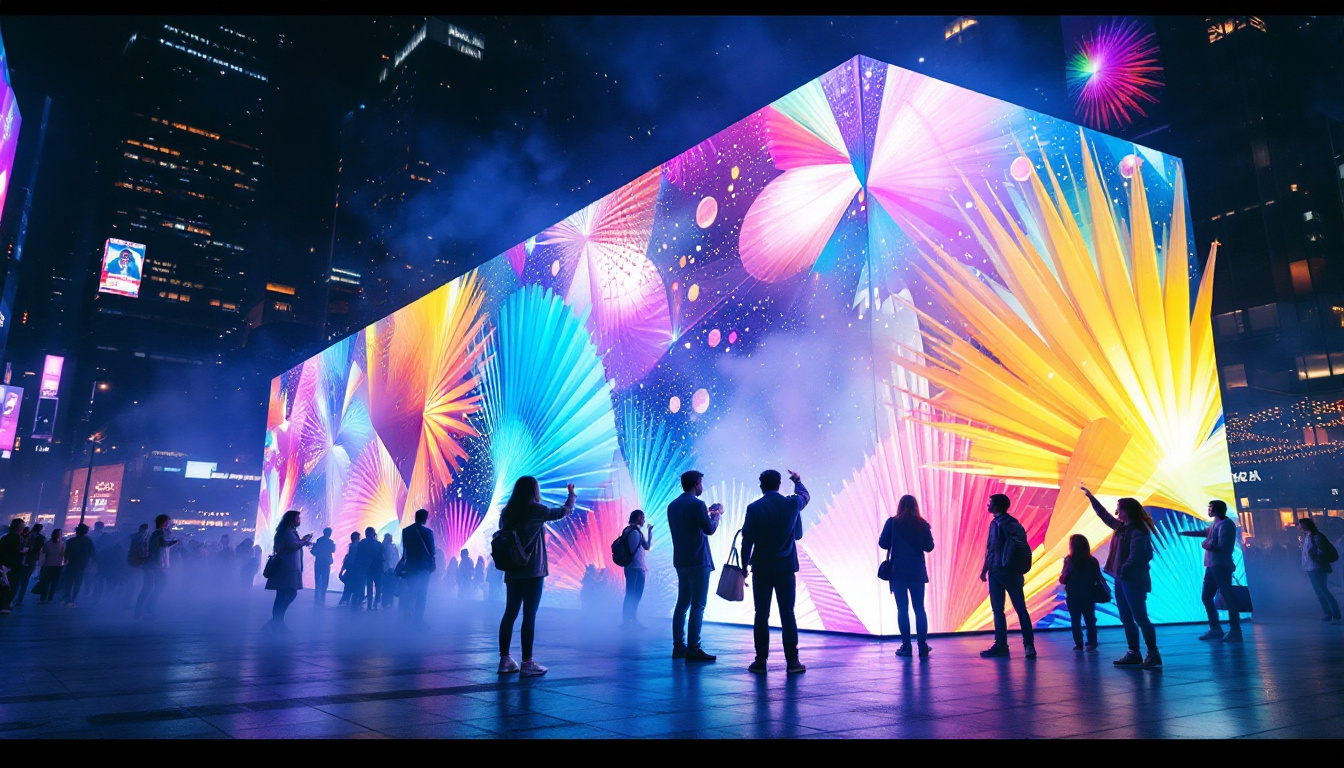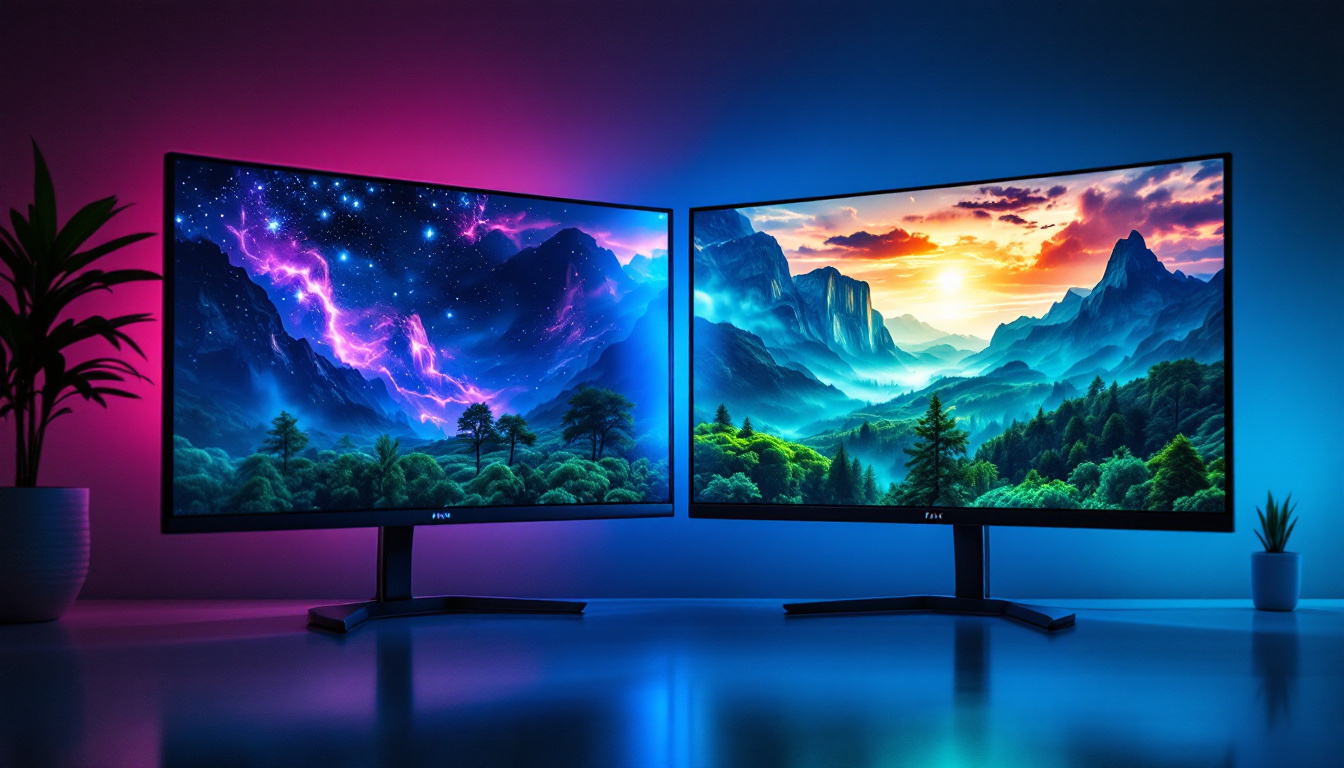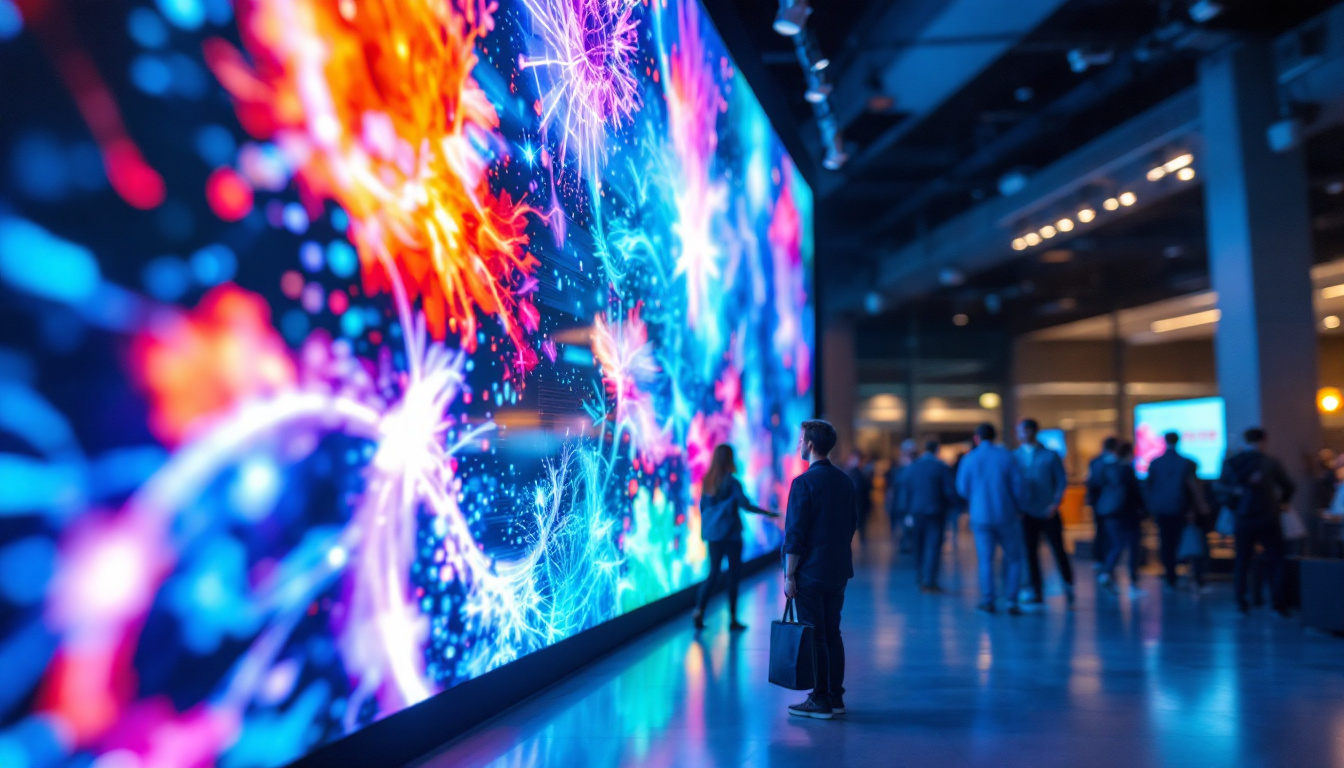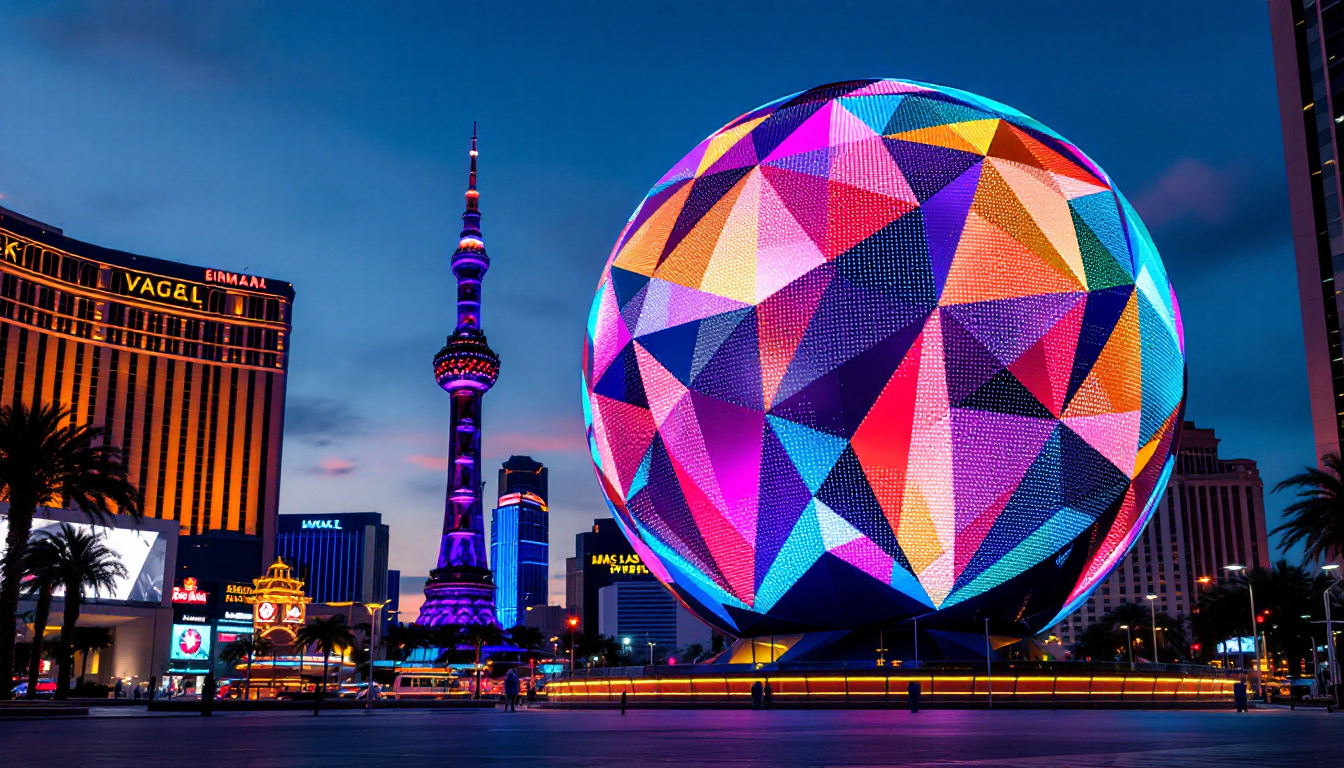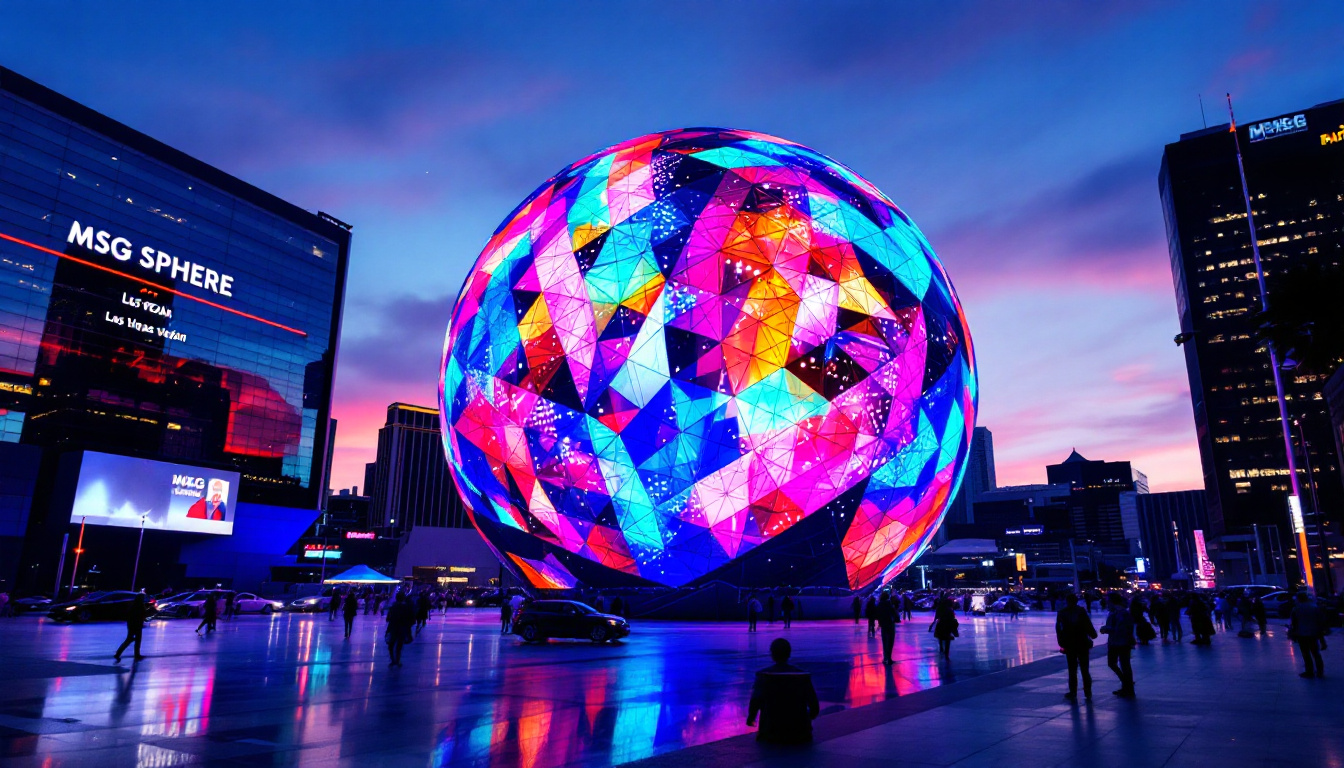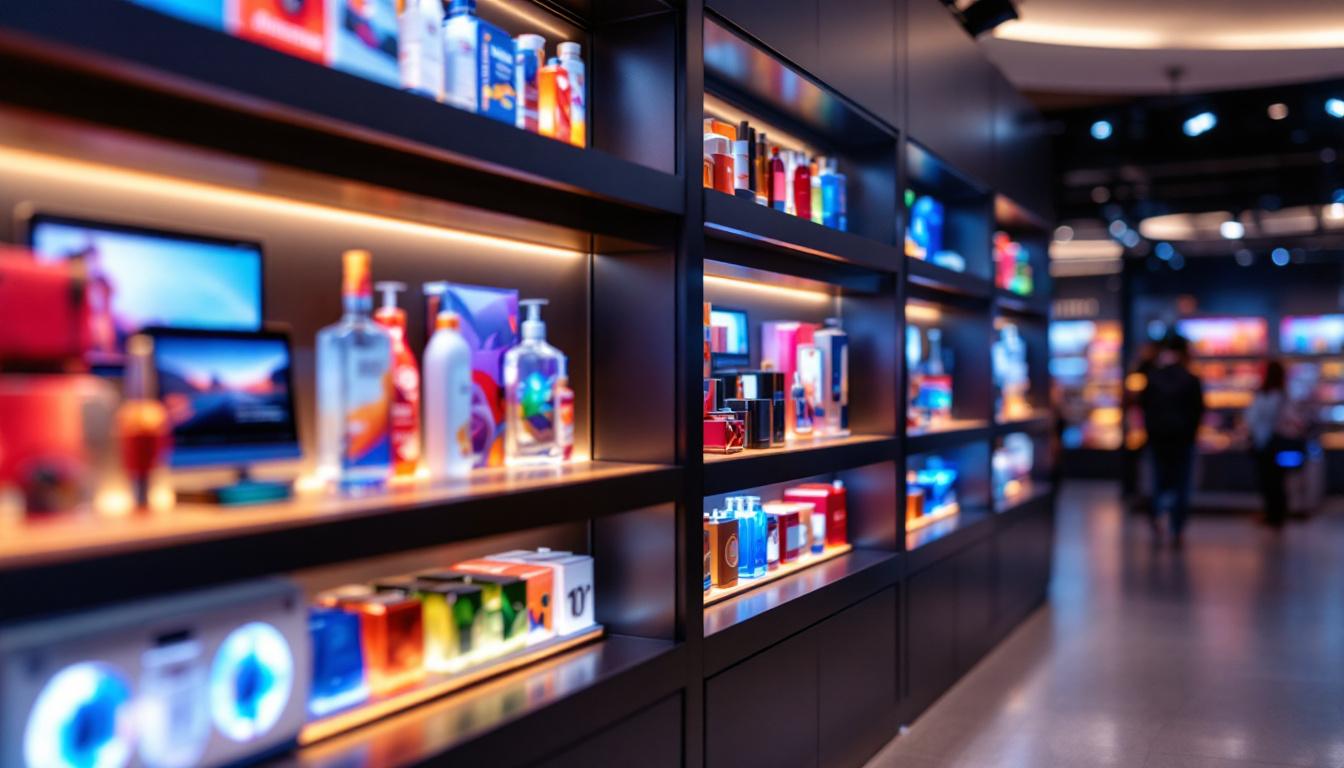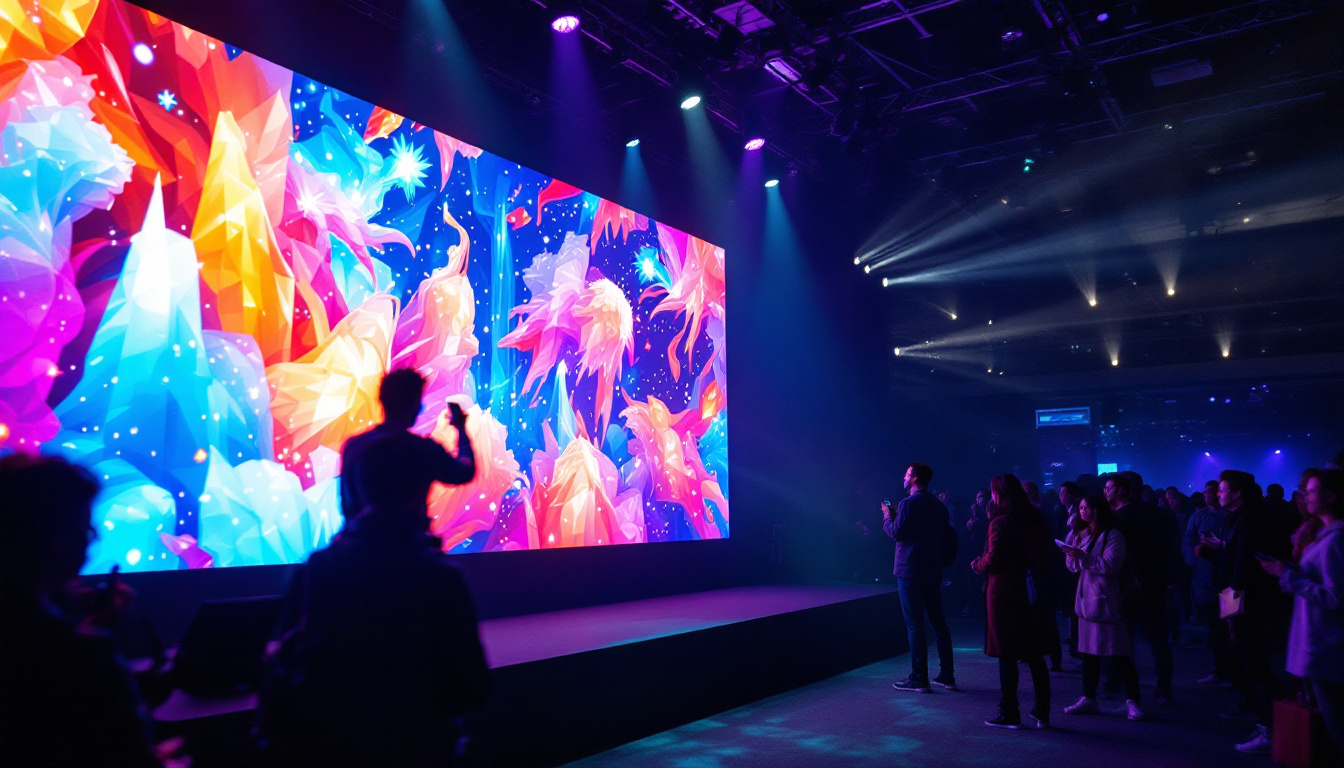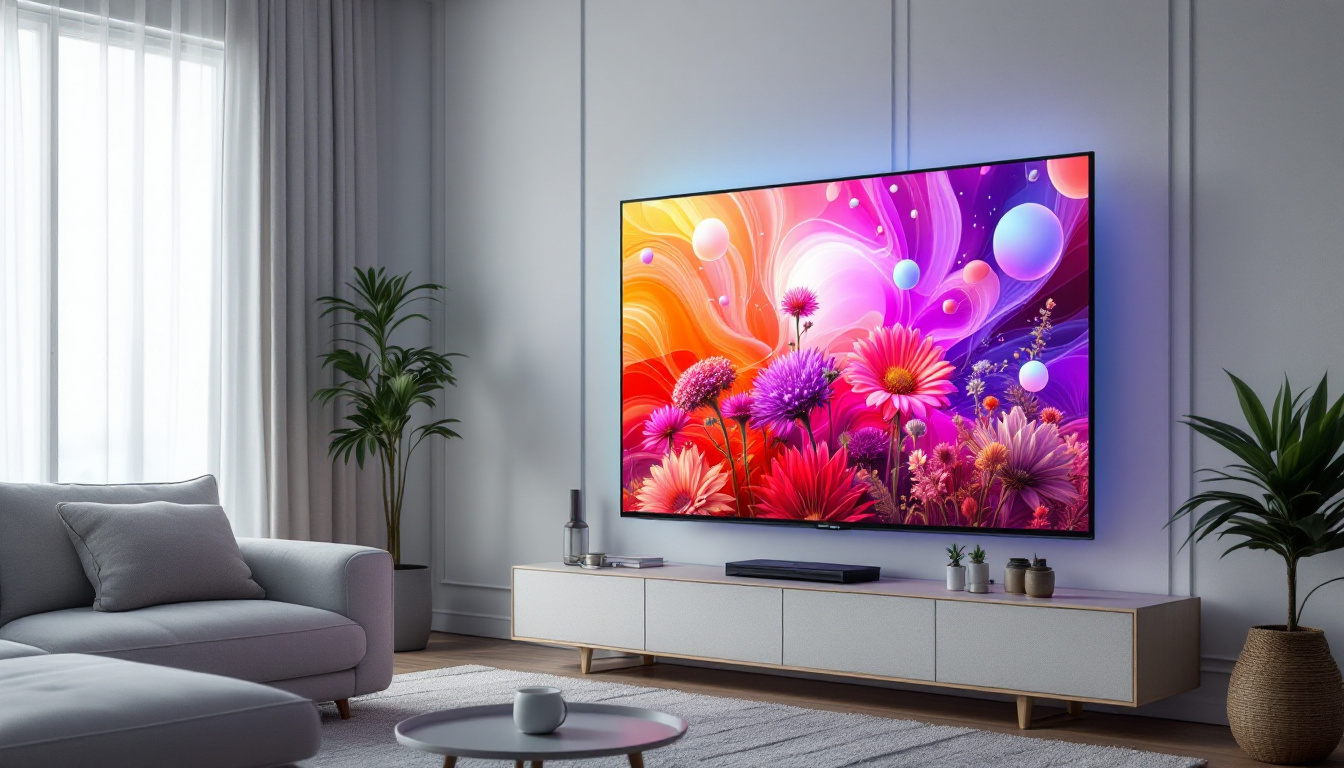The world of digital art is rapidly evolving, and with it comes a plethora of innovative ways to showcase and sell artistic creations. One of the most exciting developments in this field is the use of LED displays. These vibrant, high-resolution screens are not just tools for advertising; they are becoming essential platforms for artists to exhibit their work. This article delves into the intricacies of LED displays in the context of digital art sales, exploring their advantages, applications, and future potential.
Understanding LED Displays
LED (Light Emitting Diode) displays have revolutionized the way visual content is presented. Unlike traditional screens, LED displays offer superior brightness, contrast, and energy efficiency, making them ideal for both indoor and outdoor installations. Their versatility allows for a wide range of applications, from billboards to personal art exhibitions. The ability to create vivid colors and sharp images has made LED technology a favorite among advertisers and artists alike, who seek to capture the attention of their audiences in increasingly crowded visual environments.
How LED Technology Works
At the core of LED technology is the ability of diodes to emit light when an electric current passes through them. This mechanism allows for the creation of displays that can produce a spectrum of colors and brightness levels. The arrangement of these diodes into a grid forms the basis of an LED display, where each pixel can be individually controlled to create dynamic images and videos. This pixel-level control not only enhances the visual quality but also enables features such as real-time updates and animations, which are particularly useful for advertising and public information displays.
The resolution of an LED display is determined by the pixel pitch, which refers to the distance between the centers of two adjacent pixels. A smaller pixel pitch results in higher resolution and sharper images, making it particularly appealing for displaying intricate digital art. As technology advances, manufacturers are continually developing displays with even smaller pixel pitches, pushing the boundaries of what can be achieved in terms of clarity and detail. This ongoing innovation means that LED displays are becoming increasingly suitable for close-range viewing, allowing for immersive experiences that were previously unattainable.
Types of LED Displays
There are various types of LED displays tailored for different applications. Indoor LED displays are typically used in galleries and exhibitions, offering high resolution and vibrant colors. Outdoor LED displays, on the other hand, are designed to withstand the elements, providing visibility even in bright sunlight. These outdoor models often incorporate protective features such as weatherproof casings and anti-glare technology, ensuring that the content remains clear and engaging regardless of environmental conditions.
Additionally, there are flexible LED displays that can be shaped to fit unconventional spaces, allowing artists to experiment with their presentations. These displays can be bent or curved, enabling creative installations that transform traditional viewing experiences. Furthermore, transparent LED displays are emerging as a novel option, allowing for the integration of digital content into windows and glass surfaces without obstructing the view. Each type serves a unique purpose, enhancing the overall experience of viewing digital art and expanding the possibilities for creative expression in both public and private spaces.
The Role of LED Displays in Digital Art Sales
As digital art continues to gain traction, the role of LED displays in facilitating sales has become increasingly significant. These displays not only serve as a medium for showcasing art but also enhance the buying experience for potential customers.
Enhancing Visibility and Engagement
One of the primary advantages of using LED displays is their ability to attract attention. The bright, dynamic visuals can draw in passersby, making them an effective tool for artists looking to promote their work. In a crowded marketplace, standing out is essential, and LED displays provide that edge.
Moreover, the interactive capabilities of some LED displays allow for deeper engagement. Artists can incorporate touch screens or motion sensors, enabling viewers to interact with the artwork. This level of engagement can create a memorable experience, increasing the likelihood of a sale.
In addition to these features, LED displays can also showcase a variety of artworks simultaneously, allowing artists to present their portfolios in a visually stunning manner. This versatility means that an artist can display multiple pieces, animations, or even video art in a single viewing, captivating audiences with a rich tapestry of creativity. By rotating through different works or themes, artists can keep their displays fresh and engaging, encouraging repeat visits from potential buyers who are eager to see what’s new.
Facilitating Remote Sales
In a world where online shopping is becoming the norm, LED displays also play a crucial role in facilitating remote sales. Artists can showcase their work in virtual galleries that utilize LED technology to create immersive experiences. This allows potential buyers to view art in a way that mimics an in-person experience, complete with high-resolution images and dynamic presentations.
Furthermore, the integration of QR codes or NFC technology can streamline the purchasing process. Viewers can scan a code to learn more about the artwork or make a purchase directly from their smartphones, bridging the gap between physical displays and online transactions.
Additionally, LED displays can be programmed to provide real-time updates about pricing, availability, and even artist interviews or behind-the-scenes content. This not only informs potential buyers but also builds a connection between the artist and the audience, fostering a sense of community around the artwork. By sharing stories or insights into the creative process, artists can create a narrative that resonates with viewers, making them more inclined to invest in the art. This blend of technology and storytelling enhances the overall appeal of digital art, making it more accessible and engaging for a wider audience.
Benefits of Using LED Displays for Digital Art
Investing in LED displays for digital art sales comes with several benefits that can enhance both the artist’s visibility and the overall customer experience.
High-Quality Visuals
One of the most significant advantages of LED displays is their ability to present high-quality visuals. The vibrant colors and sharp details can bring digital art to life, allowing viewers to appreciate the intricacies of each piece. This quality is particularly important for artists whose work relies on color and detail.
Additionally, LED displays can adjust brightness levels based on ambient light, ensuring that the artwork is always visible and impactful, regardless of the environment. This adaptability makes them suitable for various settings, from dimly lit galleries to bright outdoor spaces.
Cost-Effectiveness
While the initial investment in LED technology may seem high, the long-term benefits can outweigh the costs. LED displays are energy-efficient and have a longer lifespan compared to traditional display technologies. This means lower maintenance and replacement costs over time.
Moreover, the ability to showcase multiple artworks on a single display reduces the need for physical prints, further lowering costs associated with materials and logistics. Artists can update their displays with new works or promotional content without incurring additional printing expenses.
Challenges and Considerations
Despite the numerous advantages, there are challenges associated with using LED displays for digital art sales that artists and galleries should consider.
Initial Investment and Setup
The upfront costs of purchasing and installing LED displays can be significant. Artists and galleries must weigh the potential return on investment against these initial expenses. It is essential to conduct thorough research to find the right type of display that meets both budgetary constraints and artistic needs.
Additionally, the installation process may require professional assistance, adding to the overall costs. However, many artists find that the benefits of enhanced visibility and engagement justify the investment.
Technical Knowledge and Maintenance
Operating LED displays may require a certain level of technical knowledge. Artists and gallery owners need to familiarize themselves with the software and hardware aspects of the displays to ensure optimal performance. This includes understanding how to upload content, adjust settings, and troubleshoot any issues that may arise.
Regular maintenance is also necessary to keep the displays in good working condition. This may involve cleaning the screens, checking connections, and updating software. Artists must be prepared to invest time and resources into maintaining their displays to ensure they continue to function effectively.
Future Trends in LED Displays for Digital Art
The landscape of digital art sales is continuously evolving, and LED displays are at the forefront of this transformation. Several trends are emerging that could shape the future of how digital art is showcased and sold.
Integration with Augmented Reality (AR)
As technology advances, the integration of augmented reality with LED displays is becoming more prevalent. This combination can create immersive experiences that allow viewers to interact with digital art in new and exciting ways. For instance, artists could overlay digital elements onto physical displays, enhancing the storytelling aspect of their work.
Such innovations could lead to more engaging exhibitions, where viewers can use their smartphones or AR glasses to experience additional layers of content, providing a richer understanding of the artwork.
Increased Customization Options
Future LED displays are likely to offer increased customization options, allowing artists to tailor their presentations to specific themes or audiences. This could include adjustable color settings, dynamic transitions, and even the ability to integrate sound or video elements.
Such customization can enhance the viewer’s experience, making each exhibition unique and memorable. Artists will have the opportunity to create immersive environments that resonate with their audience on a deeper level.
Conclusion
The integration of LED displays into the realm of digital art sales represents a significant advancement in how artists can showcase and sell their work. With their ability to deliver high-quality visuals, enhance engagement, and facilitate remote sales, LED displays are becoming indispensable tools for artists and galleries alike.
While challenges such as initial investment and technical maintenance exist, the benefits far outweigh the drawbacks. As technology continues to evolve, the future of LED displays in digital art promises even more exciting possibilities, paving the way for innovative artistic expressions and enhanced viewer experiences.
Ultimately, embracing LED technology can empower artists to reach wider audiences and create lasting impressions, ensuring that digital art continues to thrive in an ever-changing landscape.
Explore the Future of Digital Art with LumenMatrix
Ready to elevate your digital art and captivate audiences like never before? Discover LumenMatrix’s comprehensive range of LED display solutions, designed to bring your creative vision to life. From the vibrant Indoor LED Wall Display to the dynamic Outdoor LED Wall Display, and from the innovative LED Transparent Display to the customizable Custom LED Display, LumenMatrix is at the forefront of revolutionizing visual experiences. Don’t miss the opportunity to transform your digital art sales with cutting-edge technology. Check out LumenMatrix LED Display Solutions today and join the visual revolution.

